Nashville (pop. 689,447; met. area pop. 2,014,444) is the capital and largest city of Tennessee. The city lies in the north-central part of the state. It is often called the Athens of the South because of its many educational institutions and its buildings in the Greek classical style. Nashville is also called Music City, U.S.A. because it is a major music recording center and the home of the “Grand Ole Opry” radio show.
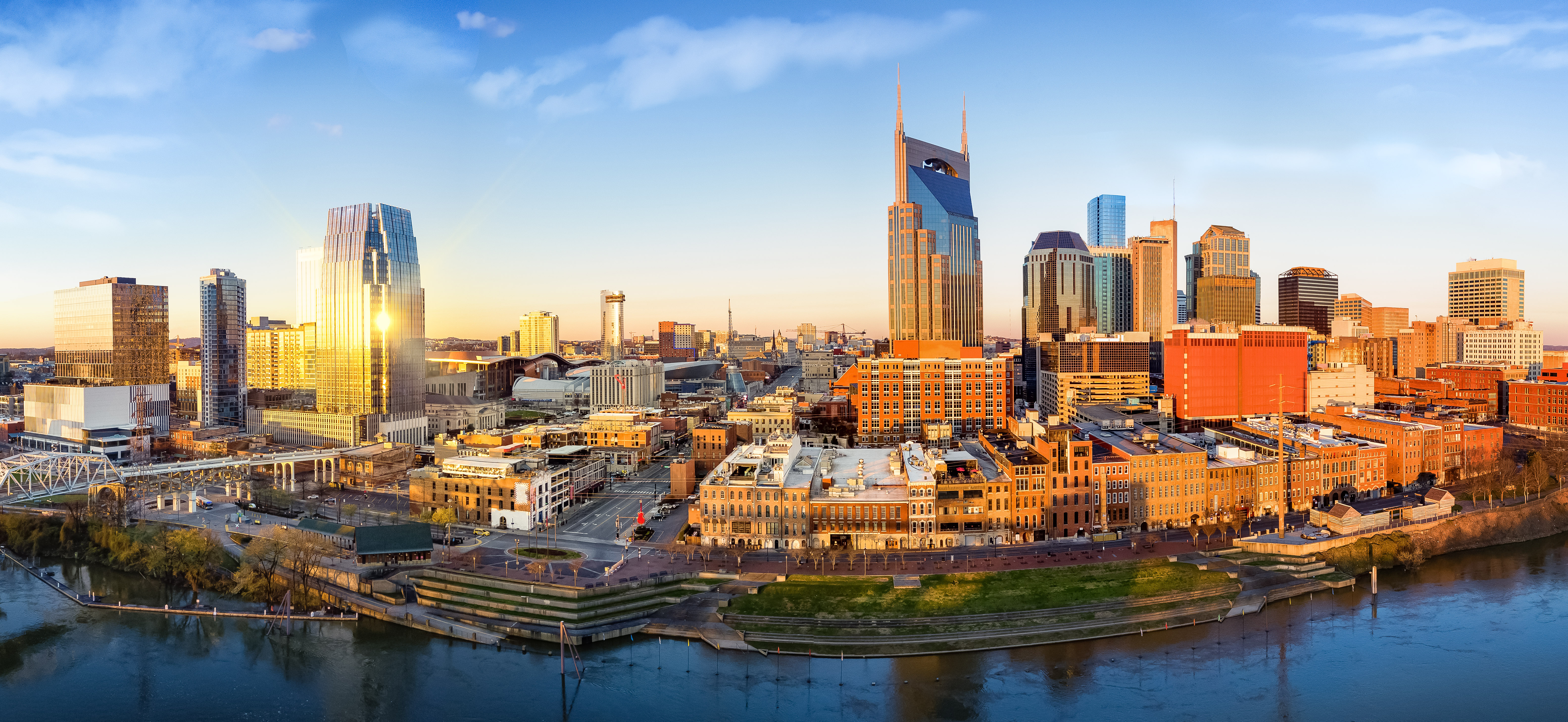
Nashville was founded in 1779 by settlers from North Carolina looking for fertile farmland. The settlers built a log stockade on a bluff overlooking the west bank of the Cumberland River. They called the settlement Fort Nashborough after Brigadier General Francis Nash, who was a hero during the American Revolution (1775-1783). The settlement was renamed Nashville in 1784.
The city.
Nashville’s land area covers 476 square miles (1,233 square kilometers), nearly all of Davidson County. The city’s outer boundaries are the same as the county’s. But within the city lie the communities of Belle Meade, Berry Hill, Forest Hills, Goodletsville, and Oak Hill. Each of these communities has its own mayor and police force but shares some government services with Davidson County. The Nashville-Davidson—Murfreesboro—Franklin metropolitan area covers 6,301 square miles (16,320 square kilometers) of land and consists of 14 counties.
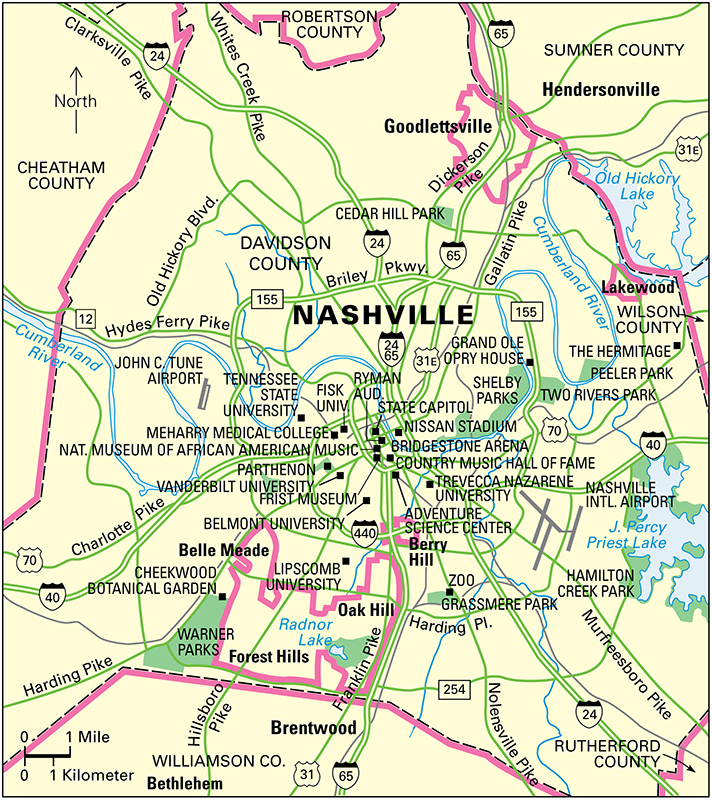
The Cumberland River flows through downtown Nashville. The State Capitol overlooks Memorial Square. The 33-story AT&T Building in downtown Nashville is the tallest structure in Tennessee.
Most of the people of Nashville were born in the United States. The city’s largest ethnic groups include those of English, German, or Irish ancestry. African Americans form about 25 percent of Nashville’s population. About 15 percent of the city’s people are Hispanics.
Economy.
Large numbers of Nashville’s people work for the state government. Many others have jobs with agencies of the federal or city government. Vanderbilt University combined with its medical center ranks as one of the city’s largest employers.
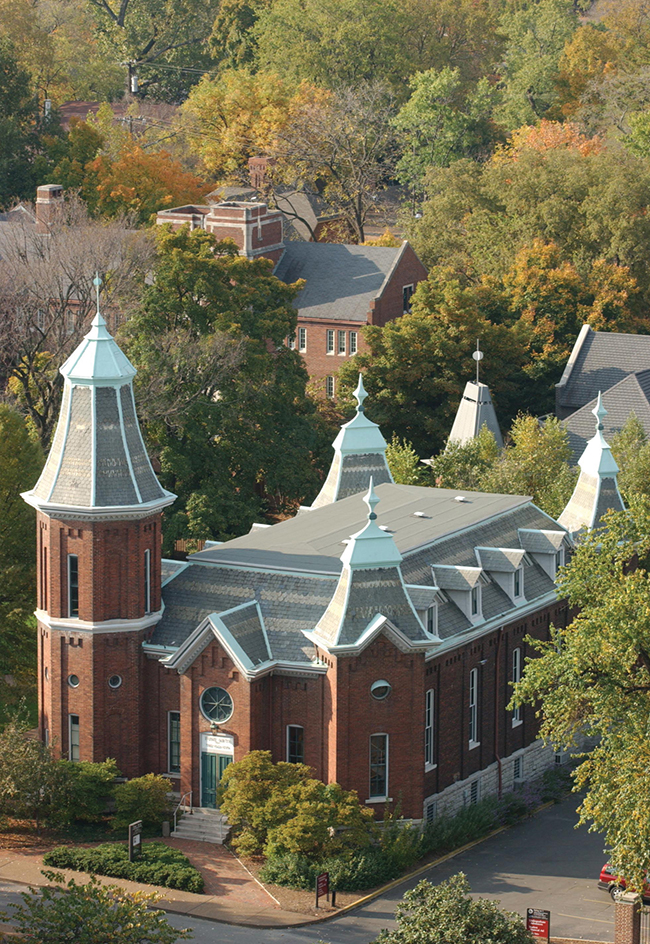
Nashville is the headquarters for a number of major companies. The city also has hundreds of industrial plants. Its chief products include aircraft parts, automobiles, food products, glass, heating and cooking equipment, printed materials, recordings of music, and tires. Nashville’s economy received a big boost during the 1950’s, when the city became a major music recording center. Hundreds of recording companies, recording studios, and song-publishing firms operate in the city.
Three interstate highways reach Nashville. Freight railroads and Nashville International Airport serve the city. Barge lines connect the city with ports on the Cumberland River. The Tennessean is the daily newspaper.
Education.
The Metropolitan Board of Public Education, which consists of nine elected members, supervises the public school system in metropolitan Nashville. The city also has a number of private and parochial schools.
Vanderbilt University is the largest of Nashville’s institutions of higher education. Other colleges and universities in the city include Belmont University, Fisk University, Lipscomb University, Meharry Medical College, Tennessee State University, and Trevecca Nazarene University. Middle Tennessee State University is in nearby Murfreesboro.
Cultural life and recreation.
The city’s arts groups include the Nashville Symphony, the Nashville Ballet, and theater groups. The Tennessee State Museum is in Nashville. An exact replica of the Parthenon of Athens stands in Centennial Park. The Tennessee Centennial of 1897 was held in the park.
Other attractions include the Country Music Hall of Fame and Museum, the National Museum of African American Music, Frist Art Museum, Adventure Science Center, Nashville Zoo at Grassmere, and Cheekwood Botanical Garden and Museum of Art. The Grand Ole Opry House and downtown’s historic Ryman Auditorium host the “Grand Ole Opry” and its weekly radio program. The program, which began in Nashville in 1925, features country music.
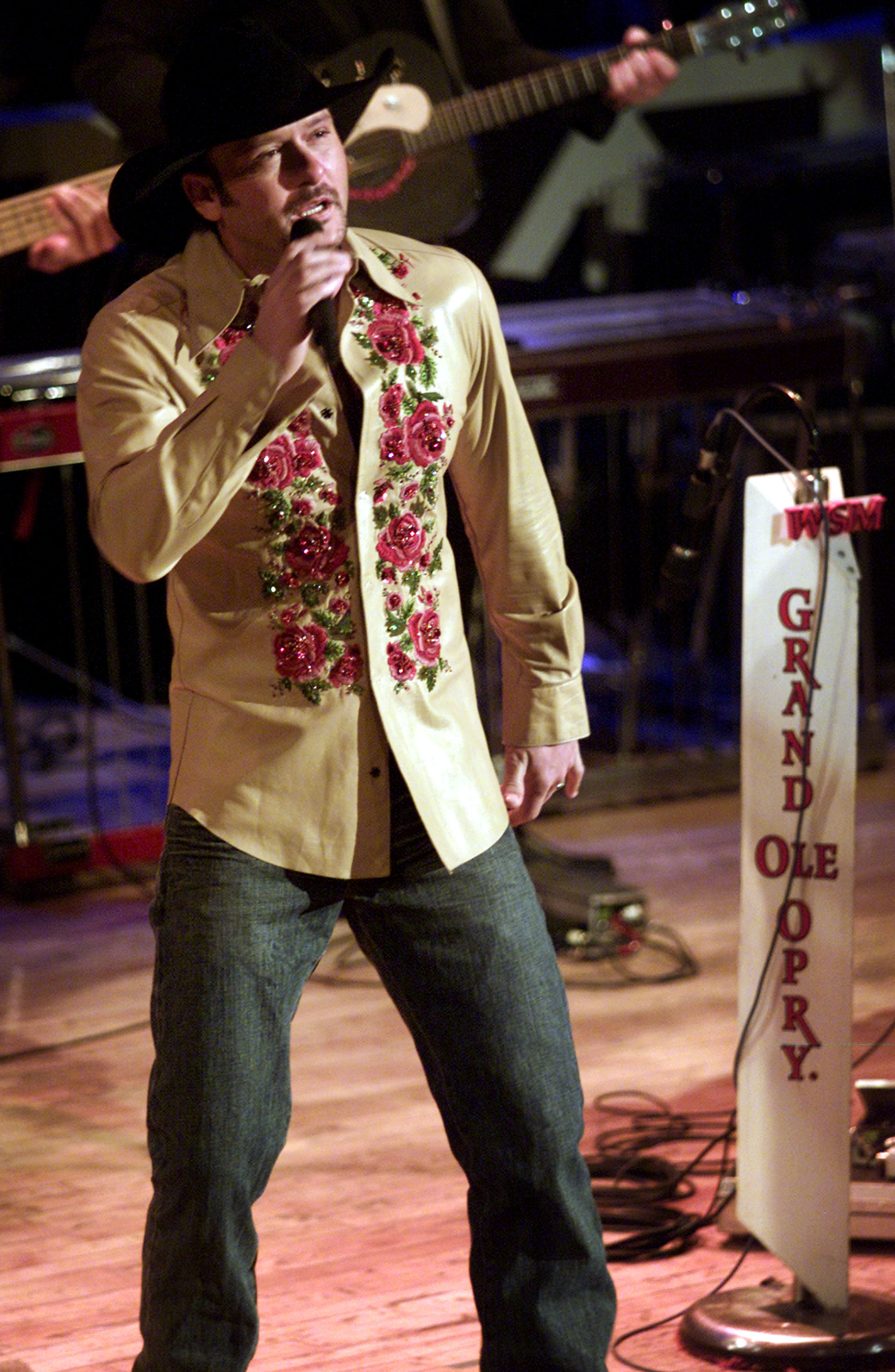
The Hermitage, the home of President Andrew Jackson, lies about 10 miles (16 kilometers) east of Nashville. Jackson and his wife are buried on the grounds of the mansion.
The city is home to the Nashville Predators of the National Hockey League, the Tennessee Titans of the National Football League, and Nashville SC of Major League Soccer.
Government.
Nashville has a mayor-council form of government. The voters elect the mayor and the 40 council members to four-year terms. Nashville’s local government encompasses a general services district (GSD) and an urban services district (USD). The GSD covers all of Davidson County. The USD provides additional services primarily to the incorporated area of Nashville.
History.
The first white people who came to what is now the Nashville area found Indigenous (native) Shawnee people living along the Cumberland River. More settlers arrived after the establishment of Fort Nashborough in 1779. By 1780, the settlement consisted of seven forts with a total population of 300. Tennessee became a state in 1796, and Nashville was chartered as a city in 1806. 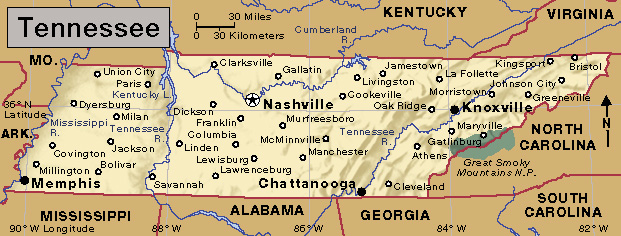
The first steamboat arrived in Nashville about 1818, and a brisk trade developed between Nashville and ports along the Ohio and Mississippi rivers. Various cities, including Kingston, Knoxville, and Murfreesboro, served as the capital of Tennessee. Nashville became the permanent capital in 1843. By 1850, the city’s population had reached 10,165.
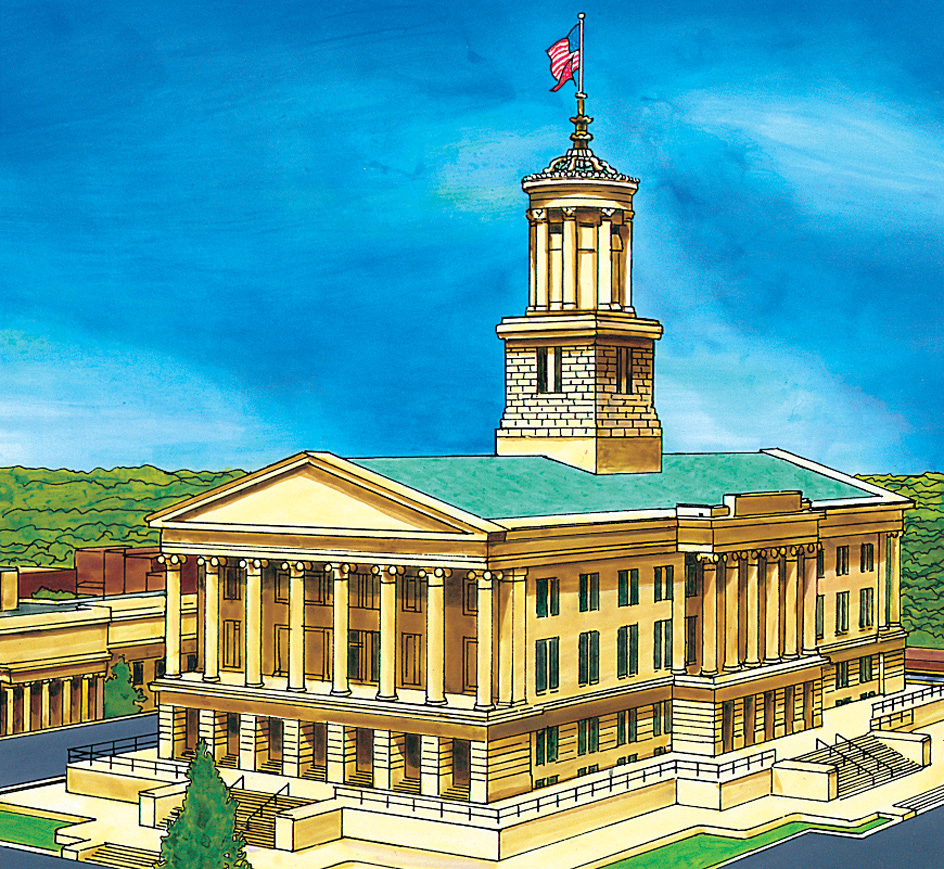
During the American Civil War, Union troops held Nashville from 1862 until the fighting ended in 1865. Confederate General John B. Hood tried to recapture the city in 1864 but was defeated by Union General George H. Thomas. In 1900, Nashville had a population of 80,865. The busy river trade, plus income from the fertile farmlands surrounding the city, contributed to Nashville’s prosperity. From 1920 to 1930, the city’s population increased from 118,342 to 153,866.
In 1962, Nashville and Davidson County adopted a metropolitan form of government. This government combines city and county functions under one administration and provides services for the entire county.
An urban renewal project for downtown Nashville, completed in 1980, included the widening and landscaping of city streets. The Nashville Zoo opened in 1991. Also in the late 1900’s, the Nashville Convention Center and Riverfront Park were completed.
In May 2010, 10 people died and many buildings were damaged after heavy rains pushed the Cumberland River over its banks. Nashville landmarks suffering damage in the flood included the Grand Ole Opry House and the Country Music Hall of Fame.
The construction of a number of office buildings changed the city’s skyline dramatically. A new convention center, Music City Center, was completed in 2013. The old convention center was demolished in 2017.
In 2018, Megan Barry resigned as Nashville mayor after pleading guilty to a felony theft charge. Barry had been accused of misspending taxpayer money while carrying on an affair with the head of the mayoral security detail.
Early on March 3, 2020, several tornadoes struck central Tennessee, including Nashville and nearby counties. The twisters killed dozens of people and caused widespread destruction. Putnam County, east of Nashville, suffered some of the worst damage and loss of life.
